An Introduction: When Remembering Forgets, What Forgetting Remembers
#TransMultitudes An Introduction
By CeCe McDonald, Kai M. Green, and Treva C. Ellison
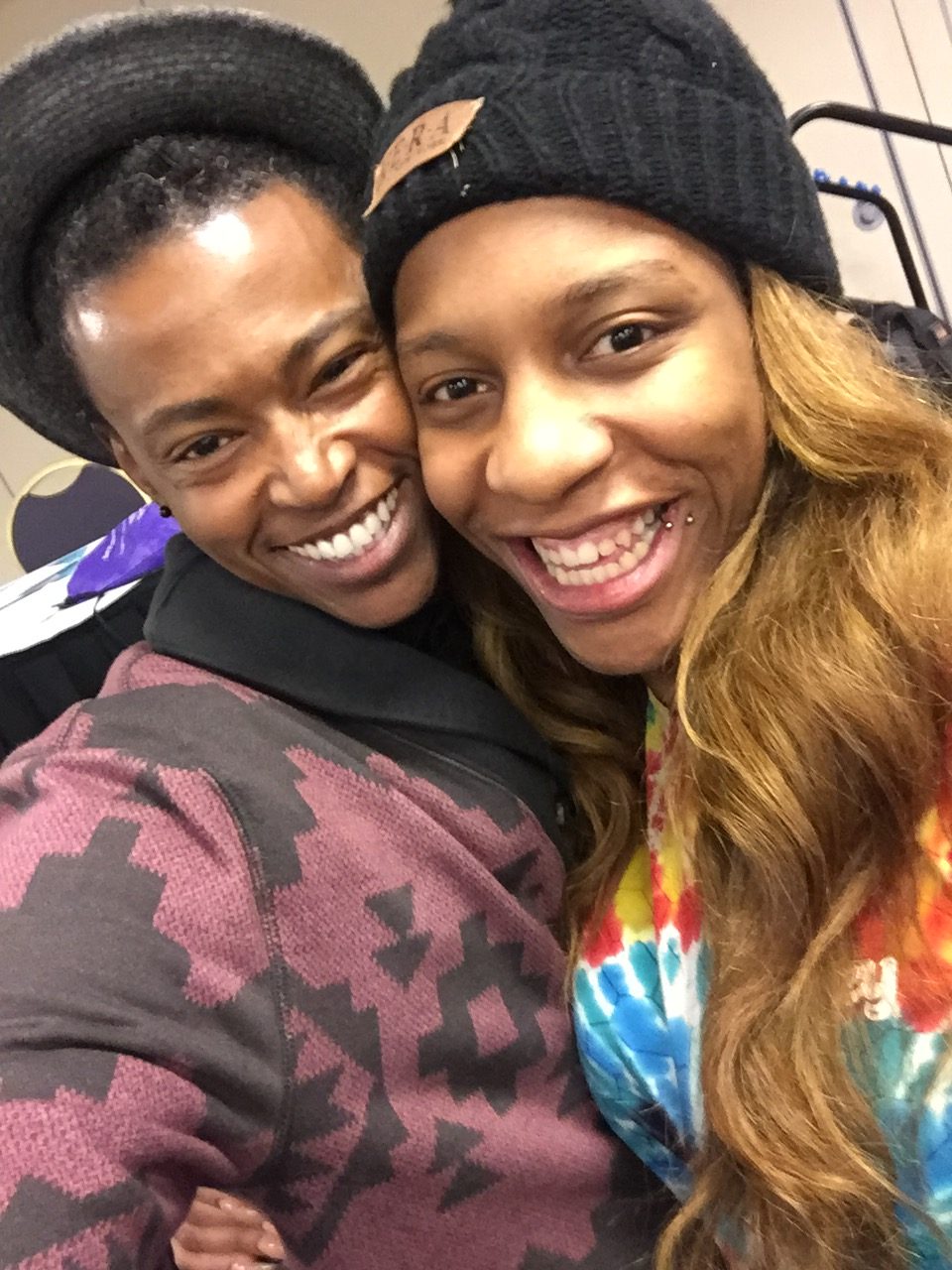
Co-Curators of the #TransMultitudes Forum, Kai M. Green and CeCe McDonald
This year for Trans Day of Remembrance, we are excited to present a week-long forum, Trans Multitudes, that engages Black trans, gender non-conforming, and gender fluid thinkers, artists, and activists in the messy and experimental work of memory and re-membering, of theorizing from and through materialities of pain, trauma, and structured dominance. We understand a multitude as a socio-spatial entity with hazy affiliations, whose movement de-territorializes common sense formulations like the people, the body, the masses, or the working class, categories and terms we rely on like race, gender, class, sexuality, and ability, labor, work, care, and love. A multitude does not seek to sublimate or reduce the multiplicity and tension of experience that coalesces under and through the terms “Black” and “trans,” into a flattened unity, productivity, or dis/functionality. The de-territorializing impulse of trans multitudes, for us, reveals the multiple streams and channels of power that converge and diverge in the cooperating, opposing, and apposing processes of construction that render being(s) and knowing(s) via the compression of time and space.
How are we and how are we moving? How are we visioning, thinking and writing about how we move? How are the moves of trans multitudes moving movements? What are the tensions or contradictions of trans multitudes? How are we thinking beyond identity? To what extent are we hamstrung by liberalism’s mandate to make or be made visible? How are we moving visibility beyond liberal constructs? How are we visioning what George Jackson referred to as, “perfect disorder,” a politics that works to end the life cycles of law and order that are driven by a perpetual movement of peoples into and out of legible populations, identities and geographies, a flowing into and out of sight of civilization and so-called civil society.
This year’s theme Trans Multitudes focuses on how Black people are approaching, thinking about, and practicing being, knowing, time and space. Together these pieces bring Black sense of place and Black thinking to bear on the questions of memory and power that flow from the material histories of Trans Day of Remembrance. The essays, poetry, and sounds that appear in this year’s forum underscore that the re-memory work Black trans, gender non-conforming and gender fluid writers, artists, dreamers, thinkers, performers, and activists are doing is multifaceted: we have to remember against modes of remembering that forget how transgender and Trans Day Of Remembrance is grounded in the materialities of anti-black racism and Black resistance. We also have to actively forget ways of seeing and remembering ourselves and communities as nothing: we have to practice being as an active attempt to forget what we look like through Western eyes.
Day 1: when remembering forgets, forgetting remembers
By Treva C. Ellison
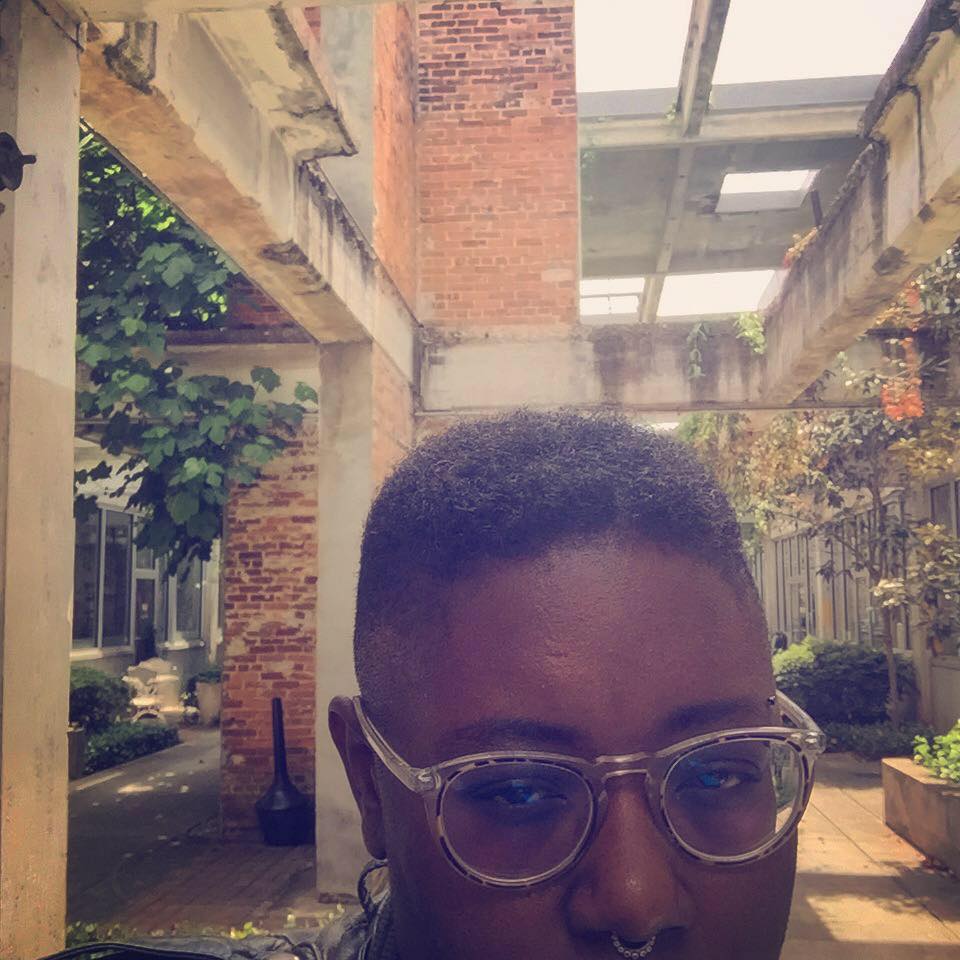
Co-Curator of the #TransMultitudes Forum, Treva C. Ellison
When remembering trans violence forgets the materiality of anti-black racism and Black resistance that TDOR is grounded in, forgetting, even if for a moment, what we look like to Western eyes, remembers that we can and do tell our own stories. As Sunni Patterson says, “we know this place.” Forgetting that which taught us to forget, remembers what they tried to beat out, remembers that we are not invisible but over-seen and simultaneously unknown.
The questions and themes that circumscribe this year’s forum point us towards the history and politics of Trans Day of Remembrance (TDOR) as an event and discourse that stages and attempts to communicates transgender suffering. Trans Day of Remembrance has grown into a global public performance cum archival project that articulates how gender conformity and its violent and violative imposition is crucial to reproducing hierarchical social relations in what Stuart Hall termed, “societies structured in dominance.” The global scale to which TDOR has grown functions alongside a an increasing interest and visibility in transgender people, culture and politics, termed by Time Magazine in 2014, a “transgender tipping point.” The globalization of TDOR alongside the tipping point narrative embodies an notable tension: first, it represents the ways that transgender, gender non-conforming, and gender-fluid people are doing the work of creating an anti-social social: innovating kinship structures outside of nuclear family and blood frameworks, crafting ranges of genders and vectors of desire and pleasure that vex binaristic and explanatory logics, inventing memories where there are none, and trying to forget and outlive the strictures of life, death, pain and trauma (not living, dead, or living-dead but deathless, as Ibeyi puts it). On the other hand, we see how the scaling up of TDOR also signals the ways transgender is being rendered as a horizon or frontier of civil rights, the “new Black,” as what’s trending, emerging, forthcoming, at the tipping point, next, belated, late to the projects of subjectivity, history, rights, representation, identity, a flex zone of valuation. What does this kind of membering and re-membering ask us to forget?
The writing in this forum engages transgender identity, politics, and culture from the materialities of anti-black racism, and anti-blackness and reminds us that such materialities constitute the history of TDOR. Trans Day of Remembrance grew out of a Boston based campaign to remember and politicize the murder of Rita Hester, a Black transgender woman who lived in Allston and was murdered in November of 1998 on the eve of her 35th birthday. Activists Nancy Nangeroni, founder of the Boston chapter of the Transgender Menace, and Riki Anne Wilchins, founder of the Boston-based Gender Public Advocacy Coalition (GenderPAC), had been publicizing and holding vigils for murdered transgender people in the Boston area since the mid 1990s. Wilchins and Nangeroni organized with other Boston area activists to demand police investigations of unsolved murders of transgender people and attempted to hold local media outlets accountable for poor reporting and mis-gendering of trans people. The Boston metropolitan area had a notable infrastructure of transgender and trans-friendly non-profit organizations by the mid 1990s that included the Transgender Menace, GenderPAC, Boston’s Fenway Community Health Center (Victim Recovery Program), and the suburban-based International Foundation for Gender Education (IFGE), which boasts being the first and only transgender focused organization in the US with their own office and with several paid full-time staff members.
Even though there was a trans political infrastructure in Boston, TDOR actually grew in scale in 1999 through the emerging materialities of online communities. Gwendolyn Ann Smith began chatting about Rita Hester’s murder on an America Online (AOL) chatroom called Transgender Community Forum. Smith, an early digital activist, had been fighting since the early 1990s to create digital forums for transgender people on America Online (AOL) and also managed several transgender and gender focused websites. Smith began an early version of a crowd-sourced digital archive called “Remembering Our Dead,” after hearing of the deaths of Rita Hester and Tyra Hunter, a Black woman from D.C. who died in August of 1995 after emergency responders withheld medical treatment from Hunter at the scene of a car accident upon discovering that Hunter was not a cis-gender woman. Remembering Our Dead documented facts and information about transgender people who passed away or were murdered and tried to provide the kinds of narration of trans lives that mainstream media outlets failed at. For example, the Washington Post article about Tyra Hunter’s 1995 death and the wrongful death suit her family filed, reported that Hunter lived her entire life as a woman but refused to use she/her pronouns for Tyra Hunter and refers to Tyra by her government recognize name or dead-name, that was not the name Tyra used in her everyday life. Gwendolyn Ann Smith worked with Penny Ash Matz in Boston to coordinate concurrent vigils in Boston and San Francisco in November of 1999, to commemorate Rita Hester’s 1998 murder and TDOR grew successively from there, being held every November in honor of Hester, whose murder galvanized this organizing.
Rita Hester’s murder in Boston was one of three murders of Black transgender women that had occurred in Boston over the past few years including the 1995 murder of 23-year-old Chanelle Pickett, and the 1998 murder of Monique Thomas in Dorchester. The murders of Black trans women in late 1990s Boston recalls the 1979 murders of Black women in Boston. Like in the 1990s moment, in 1979, there were communities and organizations that were moved to respond to the murders. Members of Combahee River Collective, for example, worked hard to connect the murders of Black women in Roxbury and Dorchester to issues of racial profiling by the Boston Police, to the problems of excessive bail and pre-trial detainment of Black people, to larger questions of racial capitalism and redistribution. Combahee River Collective members crafted an analysis of the 1979 murders in a pamphlet titled, “Six Black Women, Why Did They Die?,” that framed the murders as a product of racism, sexism, and capitalism and insisted on their being an inextricable relationship between these three categories that shaped their different life experiences. Black woman became the category through which they narrated the multitudes of power the shaped their lived experiences. They argued that their social location as Black women in the moment that they were living in was a potentially revolutionary position from which to think about and plan liberation. Combahee members had the pamphlet translated into Spanish and printed out over 20,000 copies. They used the pamphlet as an organizing tool to invite people into the self-defense classes, informational meetings, and provisional mutual aid networks that different clusters of Black people and organizations in Boston were actively building in response to the murders. In the pamphlet, and throughout the course of organizing locally in response to the murders, Combahee members explained to Black leftists and liberals why Black paternalism and chauvinsim was not the answer to violence against Black women. They modeled for white feminists what solidarity with Black women and Black communities could look like: sharing space and resources without claims to ownership or leadership and organizing other white women in the Boston anti-violence sphere to take public positions against carceral approaches to “protecting women,” that reified Black criminality.
What about this 1990s moment that TDOR emerges from? Where was the Black trans feminist analysis that guided what was, largely, the work of the often tech and capital adjacent white trans women who built the digital and material networks of transgender remembrance? While Black trans women figure heavily in the visual and libidinal history and economy of TDOR, the thinking of Black trans people, the elaboration of a Black trans sense of place in relation to TDOR’s history has yet to be fully elucidated. Even in re-tellings of this story that attempt to add, shake and stir diversity to the TDOR narrative, pandering to the public desire to consume Black trans trauma, it seems like a Black trans sense of place is what has been precisely evacuated from TDOR’s genealogy and global trajectory. In narrative accounts of the history of TDOR, Smith emphasizes that it was the murders of Black transgender women like Tyra Hunter and Rita Hester, whose deaths fomented the sense of outrage that moved her and others to act, organize, and archive. What do we make of this kind of remembering? Does this kind of remembering help to forget that Black trans people can and do tell their own stories? Is this the same kind of remembering that circumscribes David France’s dismissive citational practices and cooptation of Reina Gossett’s intellectual labor and archival research on Marsha P. Johnson? Is this the kind of remembering that reproduces the dynamics of trans valuation in which Black trans, especially Black trans femme storylines and narratives are valuable but Black trans authorship is nearly impossible? What does the iterative performance and staging of re-membering that TDOR evinces, ask us to continue to forget? If Black trans premature death serves as the imaginative (and abstracted) surface of transgender suffering and claims to life and rights, then what is the horizon of possibility for Black trans narratives?
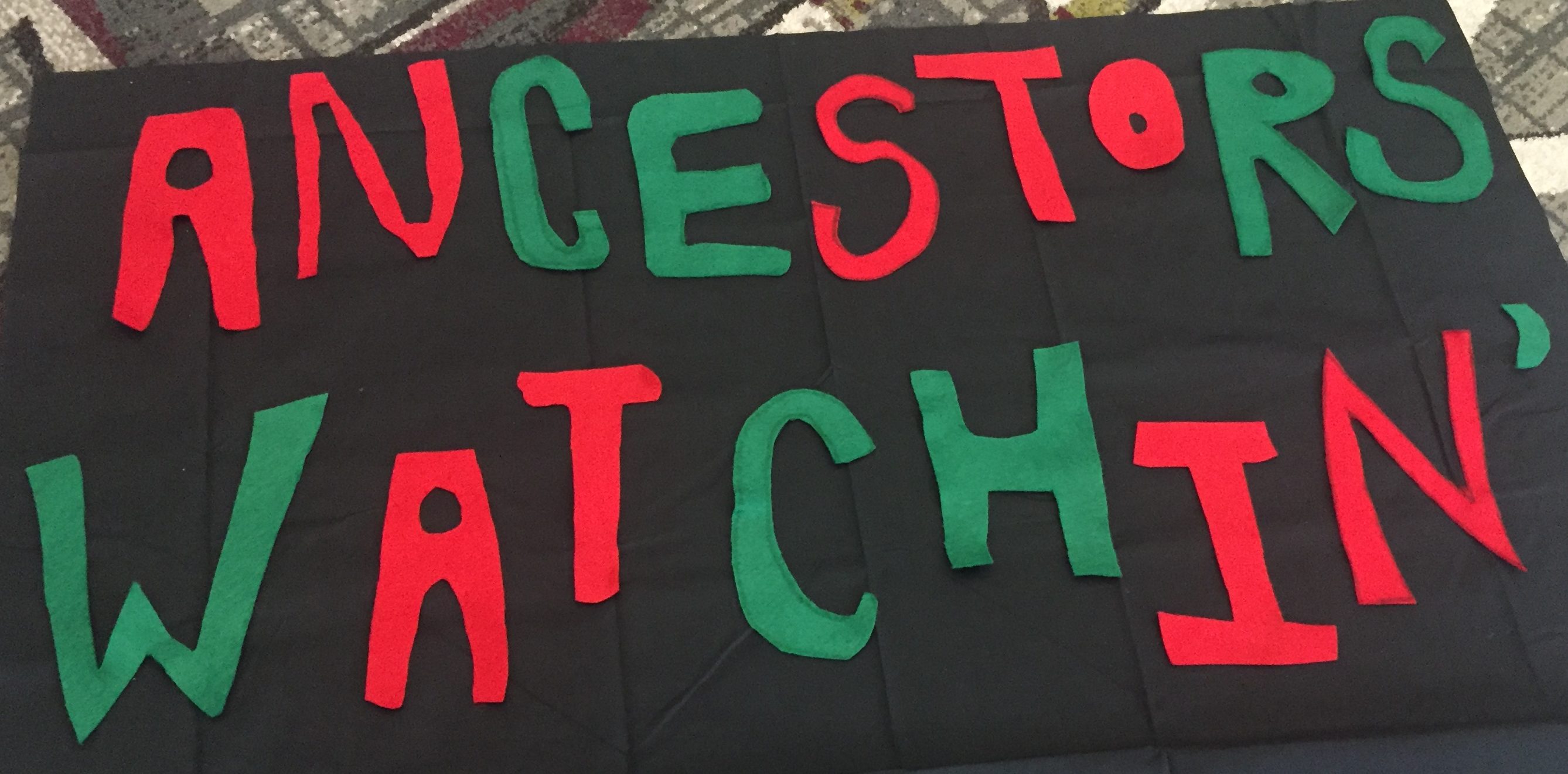
In the writing that kicks off the forum, we witness the dynamic tension between remembering and forgetting that circumscribed TDOR and the terms of this forum, which engages Black transgender, gender non-conforming, and gender fluid people in the exercising of thinking, narrating and authoring. In “When Narrative is Dystopia,” Edxie Betts approaches the theme of trans multitudes from an Afro-pessimist framework, arguing that we should understand trans multitudes as the multiple vectors of power that transduce, transverse and transposition Black and Indigenous culture into knowable and identifiable differences. While the discourse that built TDOR as an act of articulating transgender community and visibility hinged on the idea that there was not and should be a proper accounting of transgender lives by the media, general public and law enforcement, Edxie reminds us that what the founders of TDOR understood as mis-gendering or dead-naming and labeled as the problem of trans invisibility is actually the sleight of hand of narrative in an anti-black, colonial dystopia:
“Right giving and right taking becomes an insidious form of social control well designed by the authorship of western dystopic narrative. The lasting OUR-storical criminalization of queer, transgender and gender non conforming, two spirit people, isn’t a “non recognition” of our Identity. The HIS-storical violent unconsensual surgical procedures that assign Intersex people into a “singular sex” at birth for centuries wasn’t a “mis-representantion”, it does the work of normalizing what sex and gender ought to be according to the colonizers sciences. All while demonizing or Otherizing difference.”
By focusing on the limits of narrative and authorship in a colonial dystopia, Edxie underscores how officiated forms of remembering can be premised on an iterative, repeated forgetting of the materiality of anti-blackness, an active forgetting of the quotidian-ness and pervasiveness of dystopia. If institutionalization and social hierarchy in a colonial dystopia often recruits narrative, memory, and memorialization in processes of active forgetting, then Edxie’s writing underscores that we should always be trying to remember to and how to revolt!
Jay-Marie Hill’s “America Taught Me How to Forget,” also explores what remembering forgets, stylizing America as a “beast of forgetting,” with an insatiable appetite for the materials that compose author’s sense of being and place: my name, pain, stories, breath, and the list goes on. Like Edxie, Jay-Marie is also concerned with the possibilities of Black trans and Black queer narratives in light of the fact that, as Edxie writes, “blackness is always scheduled for commodification.” If the performances and constructions of transgender pasts and futures via TDOR exemplify how remembrance can stage a perpetual forgetting of the materialities of anti-black racism, Jay-Marie’s piece remind us that liberation and freedom might be bound up in strategic practices of forgetfulness: If America taught us how to forget, what does it look like to forget America, its grammar and its logics? What does it feel like to forget ways of seeing and remembering that tell us that we are worthless?
Lex Kennedy’s piece, “When the Tipping Point Melts,” Lex describes the contemporary moment of Black trans and queer cultural production as the Millenial Black Rennaisance, “one in which black queer artist and creatives no longer have to be the sidekicks, the funny best friend, nor the behind the scenes talent.” While Edxie and Jay-Marie’s writing creates the space to question of the possibilities and limits of remembering via narrative, Lex sees the explosion of Black queer and Black trans narratives as representing a moment of compromise, in which the hypervisbility as Black queer and Black trans subjects as targets for violence, criminalization, exploitation, and law enforcement can no longer be reproduce alongside and through the near exhaustion and evacuation of individual Black queer and trans stories and storylines in popular culture. Lex’s piece materializes Black trans multitudes, placing Black trans public figures like Janet Mock, Reina Gossett, Pat Manuel, and Big Freedia alongside one another as a particular kind of historic bloc. Lex’s piece provides an interesting and necessary tension in questions around the work of remembering and forgetting that flow through all of today’s pieces. While Edxie asks us to remember the inherent dystopia of narrative under statist political, social, and libidinal economies, Lex sees narrative and storytelling as a stolen tool of a Black trans fugitivity. Lex’s work highlights the potential of using narrative to forget what we look like through Western eyes, of re-membering through and against modes of remembering that always forget us.
Evolve Benton’s piece remembers Chef Yulanda Hendrix, a Black queer Bay Area chef and owner of Simply Bliss Catering. Chef Yulanda remembered and practiced Black love through the preparation of food, working with several Bay Area non-profits like The Brown Boi Project, Native American Health Center, and San Francisco Women Against Rape. Evolve’s reflection on the impact of and embodied memory of Chef Yulanda’s food highlights Black queer and Black trans reproductive labor as the intimate, erotic and sensuous work that reproduces the possibilities of Black trans and Black queer social life in a context of violent and violative negation. Evolve reminds us that memory itself is a value free capacity, so it really does matter who is doing the re-membering, for what purpose, and with what intention. Evolve asks that we not forget to remember the modes and forms of relationality, often fleeting moments and spaces that compose Black queer and Black trans geographies.

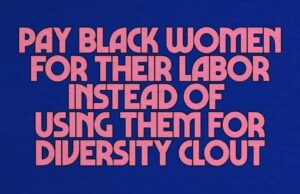
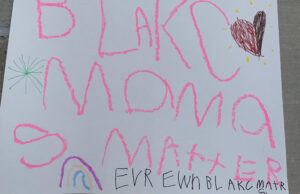
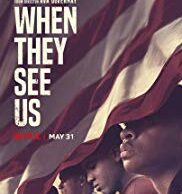
Pingback: Trans Multitudes and Death Reality: A Coda - The Feminist Wire